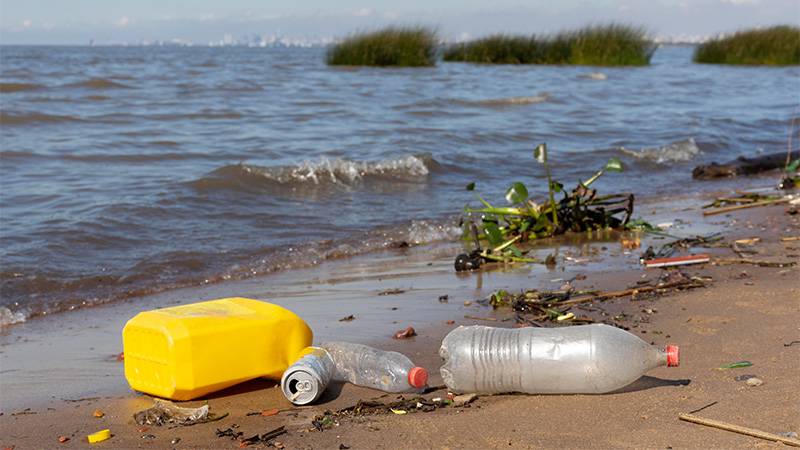In a monumental environmental effort, The Ocean Cleanup, a prominent nonprofit engineering organization, has achieved a groundbreaking feat. Earlier this month, the group removed a staggering 25,000 pounds of trash in one extraction from the Great Pacific Garbage Patch, marking the largest removal from the patch in history. Alex Tobin, who oversees public relations and media for the organization, shared this achievement with ABC News.
Located between Hawaii and California, the Great Pacific Garbage Patch, a vast expanse of floating trash driven by ocean currents and winds, holds the notorious distinction of being the largest among the world’s five oceanic garbage patches. Its precise dimensions remain elusive due to the continual motion of the debris, but The Ocean Cleanup approximates its size to be double that of Texas.
Surprisingly, a new coastal ecosystem has emerged on this massive patch, as observed in a study released by Nature Ecology & Evolution this past April. Yet these garbage zones pose significant threats to marine ecosystems. Fishing nets, for instance, can entangle marine animals, while others ingest plastic and various debris. Furthermore, these patches could become vectors for transporting non-native species to alien habitats, warns the National Oceanic and Atmospheric Administration (NOAA). Although the direct impact on human health remains ambiguous, concerns about microplastics entering our diets through seafood and sea salt are prevalent.
Addressing these massive patches of trash poses its challenges. Some of these materials, notably plastics, could persist in the environment indefinitely, with a complete removal of debris seeming improbable. Nonetheless, The Ocean Cleanup harbors an ambitious vision: to extract 90% of the floating plastics from oceans by 2040.
To achieve this, the group employs a dual strategy. First, they target “legacy plastics” and debris, ensuring their removal before they disintegrate into challenging-to-collect microplastics. Among the remarkable items recovered was a canteen from the Vietnam War era. The majority, however, comprises rigid plastics and discarded fishing nets. Their innovative system employs two vessels equipped with a device designed to skim and collect debris. Expanding their initiative, they are now also focusing on cleaning up rivers leading into the oceans.
Tobin commented on their mission, “Our goal is to kind of put ourselves out of business. We don’t want to be doing this forever and ever.”
The nonprofit has a two-pronged approach of removing “legacy plastics” and debris before the UV rays break the material down into microplastics, which are nearly impossible to collect. One of the most remarkable items they have pulled is a Vietnam War-era canteen. Other common materials are rigid plastics that float into the ocean and fishing nets, Tobin said.
This month also promises the launch of The Ocean Cleanup’s System 03, a significantly larger floating barrier system. While the preceding model, System 02, spanned about 875 yards and was instrumental in the recent extraction, System 03 boasts a length of approximately 2,400 yards. This enhancement will inevitably result in more substantial and efficient removals, with capabilities of clearing an area equivalent to a football field every five seconds.
To bolster their efforts, the nonprofit has been employing artificial intelligence in “plastic hotspot modeling” to pinpoint the densest plastic concentrations in the ocean. “It’s sad that there’s so much out there, but we’re very happy that we now have developed a system that is tackling this more and more effectively,” remarked Tobin.
As the extracted trash journeys from the patch to the port, onboard teams segregate the waste, emphasizing recycling. Collaborating with global partners, the nonprofit ensures that recycled plastic is repurposed sustainably. According to ABC News, one such collaboration involves a Korean automaker that incorporates the recycled plastic in building electric vehicles, epitomizing the initiative’s broader environmental impact.
In the words of Tobin, “We just want to make sure it doesn’t end up back where we found it.”
More inspiring green news similar to this:


